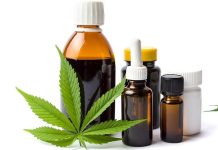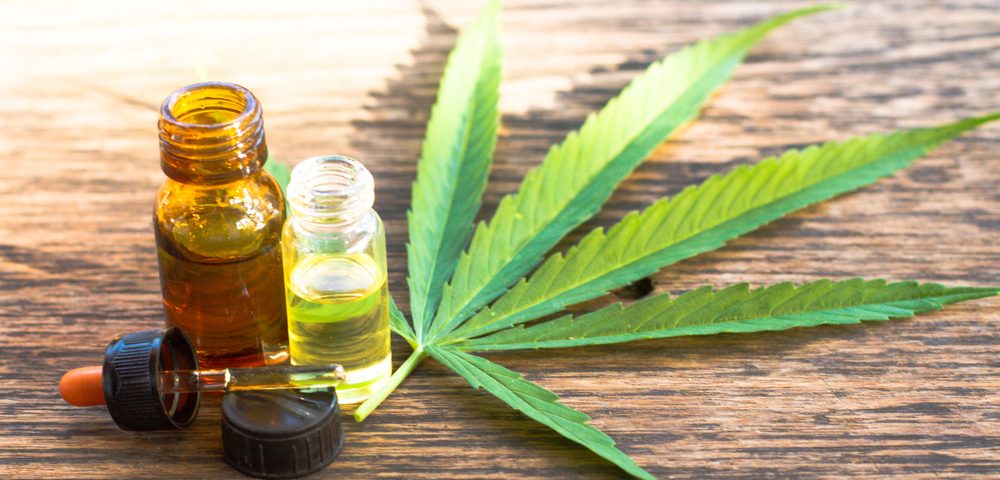The dialogue surrounding cannabis, colloquially known as weed or marijuana, and its biological cousin, hemp, has evolved into a multifaceted discussion with increasing complexity. These plants, part of the Cannabis sativa family, have distinctive characteristics, applications, and legal statuses, making it imperative for both consumers and businesses to understand their nuances thoroughly. With the industry surrounding these plants burgeoning, acquiring insights from trusted sources is critical. A well-regarded West Hollywood weed dispensary, The Artist Tree Weed Dispensary in West Hollywood, provides enlightening perspectives on these intriguing plant species, their varied uses, the evolving legislation surrounding them, and their untapped potential. In this ever-changing landscape, their expert knowledge can demystify these plant species, paving the way for informed decisions and responsible usage.
Cannabis vs. Hemp: The Basics
Despite commonly held misconceptions, cannabis, and hemp, while both members of the Cannabis sativa family, are distinct in their respective compositions and properties. The difference hinges primarily on their chemical profiles, with the concentration of the psychoactive compound delta-9-tetrahydrocannabinol (THC) playing a pivotal role.
Cannabis, often interchangeably referred to as marijuana, is typically known for its high level of THC, the compound directly responsible for the plant’s psychoactive effects. Depending on the strain and growing conditions, the THC content in cannabis can range significantly, from 5% to an exceedingly potent 35%. This substantial concentration provides the ‘high’ or psychoactive effect that is commonly associated with its recreational use.
Contrary to cannabis, hemp contains a THC concentration of a mere 0.3% or less. Such a low concentration is insufficient to induce any psychoactive effects in users. However, what hemp lacks in THC, it makes up for in its richness of another compound – cannabidiol (CBD). Over recent years, CBD has emerged on the health and wellness scene, gaining recognition for its potential therapeutic properties. Unlike THC, CBD does not have psychoactive effects, making hemp a valuable source of this beneficial compound. The diverse applications of CBD range from potential pain relief to anxiety alleviation, demonstrating the remarkable versatility of the hemp plant.
Uses of Cannabis and Hemp
The primary application of cannabis, more colloquially referred to as weed or marijuana, remains centered on recreational and medicinal use, largely attributable to its high THC content. Whether you visit a brick-and-mortar West Hollywood weed dispensary or opt for the convenience of an online cannabis dispensary, the assortment of available products is broad and continually expanding. This range includes everything from dried flowers for traditional smoking or modern vaping, to edible products such as gummies and brownies. You’ll also find topical creams for localized relief, along with oils and tinctures for more versatile use.
Cannabis’s medicinal attributes have shown potential in managing an array of health conditions. It has demonstrated efficacy in providing relief from chronic pain, reducing nausea and vomiting related to chemotherapy, and easing spasticity in conditions like multiple sclerosis. While these applications hold promise, the scientific community calls for more comprehensive, large-scale studies to fully understand cannabis’s potential, along with its limitations and long-term effects in medical applications.
Hemp, in stark contrast to its high-THC cousin, is a veritable powerhouse of industrial applications. Its seeds are nutritionally dense, packed with proteins and essential fatty acids that make them an excellent addition to a balanced diet. The durable and robust fiber of the hemp plant has found its way into various industries, contributing to the production of textiles, paper, and even biodegradable plastics.
In recent years, there’s been a surge in interest surrounding CBD, predominantly derived from hemp. This non-psychoactive compound is making waves in the wellness industry for its potential therapeutic benefits. As more people seek natural remedies for ailments, CBD has been highlighted for its potential in providing relief from anxiety, insomnia, and certain types of chronic pain. The increased acceptance and curiosity surrounding CBD indicate a promising future for hemp and its applications.
The Potential of Hemp-Derived Products
Hemp’s potential extends far beyond its traditional uses. The plant’s rapid growth and low requirement for water make it an environmentally friendly alternative for paper production, potentially reducing deforestation. Its capacity to absorb considerable amounts of carbon dioxide also contributes to its eco-friendly profile.
Another promising area of hemp application is in the realm of building materials. Hempcrete, a mixture of hemp hurds and lime, has been recognized for its durability, insulation properties, and resistance to mold and pests. As the construction industry moves towards sustainable solutions, hemp-derived materials are poised to play a crucial role.
Lastly, the CBD industry, largely powered by hemp, has seen exponential growth. A range of products, from CBD-infused oils and capsules to skincare and pet products, has permeated the market. As researchers continue to explore CBD’s potential benefits and safety, the future of the hemp-derived CBD market seems bright.
The Artist Tree Weed Dispensary in West Hollywood provides a testament to the industry’s evolving landscape, offering a curated selection of cannabis and hemp-derived products. Their emphasis on educating customers reflects a broader shift towards transparency and understanding in this rapidly growing sector.
Closing Thoughts
As the landscape of cannabis and hemp use continues to evolve, the necessity for informed discussion and a deeper understanding has never been more crucial. The surge in interest for these plant species can be witnessed everywhere, from physical storefronts like the West Hollywood weed dispensary to online platforms hosting a cannabis dispensary online. The thirst for knowledge and awareness about these plants transcends all corners of the industry, driven by the rise of hemp-derived products and the increasing societal acceptance of cannabis for both medical and recreational uses.
The future of these ancient, multifaceted plants in our modern society appears increasingly promising. However, the key to unlocking this potential and navigating this future lies in understanding the unique characteristics of cannabis and hemp, their diverse applications, and the extent of their potential.
Regardless of whether you are a consumer seeking relief or relaxation, a business aiming to tap into this booming market, or a legislator crafting policies, knowing the distinct differences between cannabis and hemp, as well as their uses and potential, empowers you to make informed, responsible decisions. In an industry as dynamic and rapidly evolving as this, such knowledge becomes not only advantageous but indeed indispensable. The dawn of a new era in cannabis and hemp use hinges on enlightenment, understanding, and responsible usage.





























